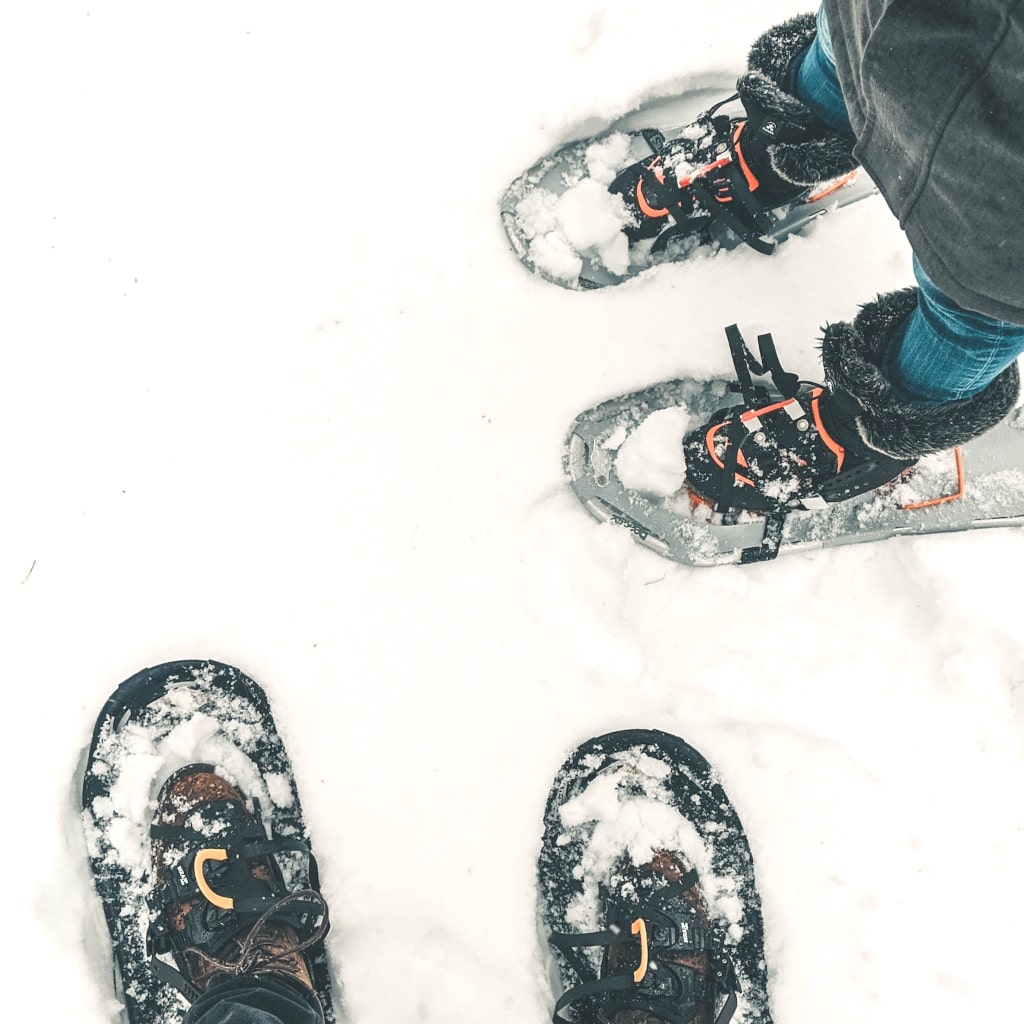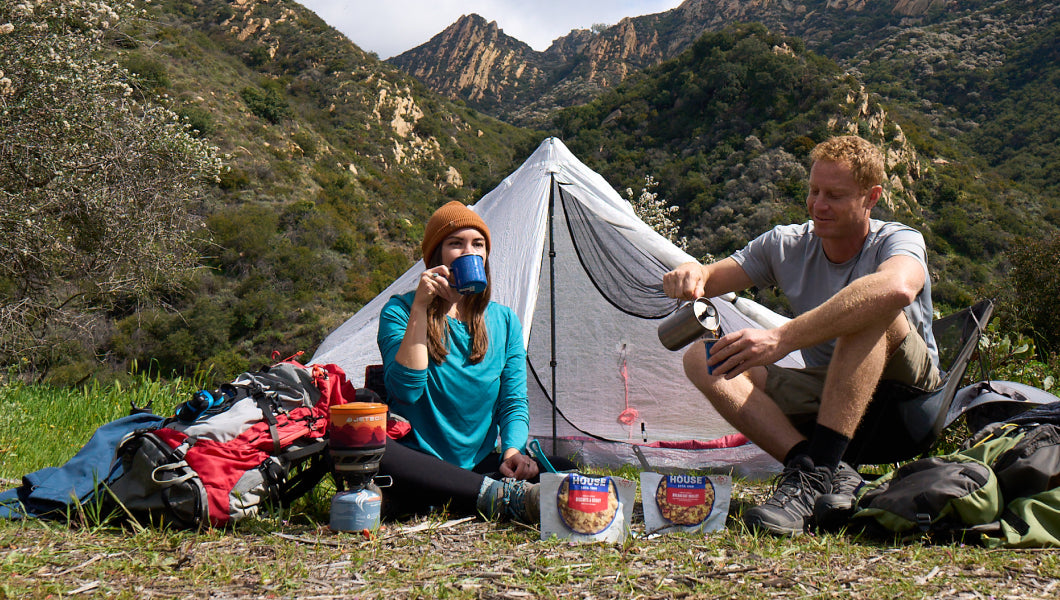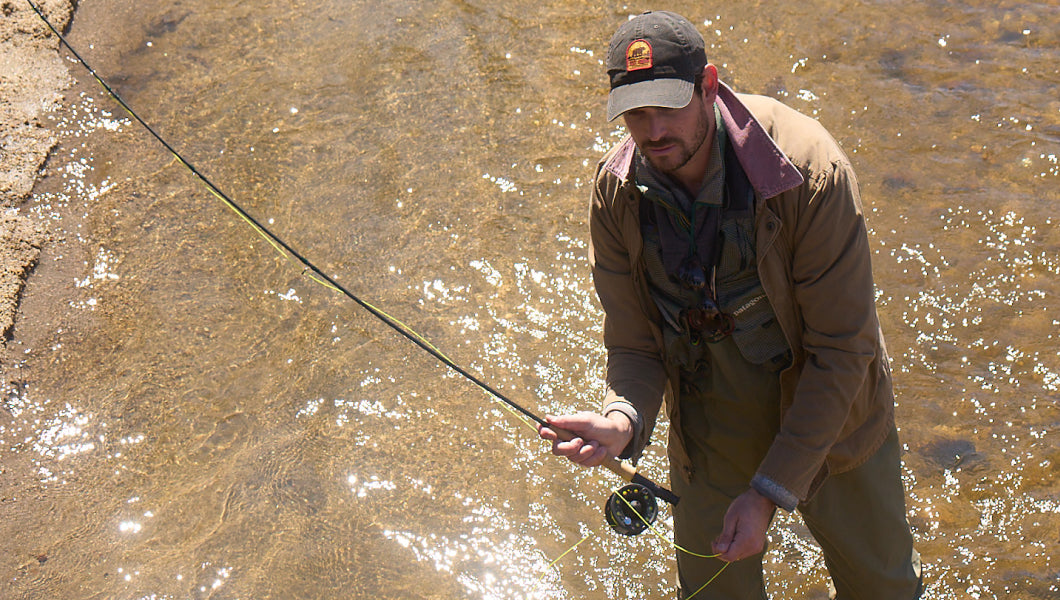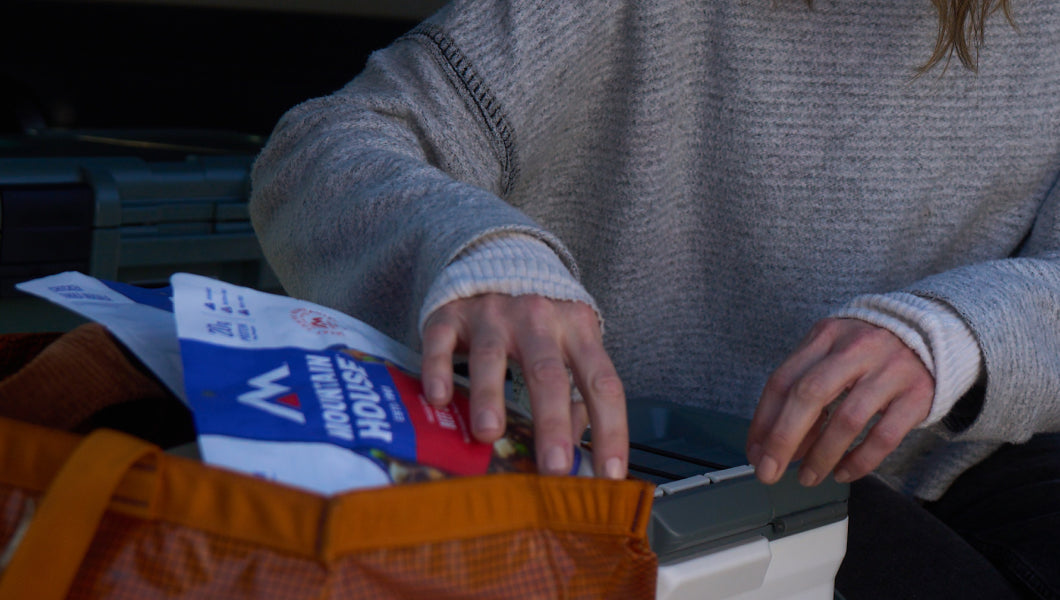Inspired for an Adventure? Check out Beef Stroganoff - Pouch and Beef Stew - Pouch
Free Ground Shipping On All Orders
Over 2,100 Reviews
Add description, images, menus and links to your mega menu
A column with no settings can be used as a spacer
Link to your collections, sales and even external links
Add up to five columns
Add description, images, menus and links to your mega menu
A column with no settings can be used as a spacer
Link to your collections, sales and even external links
Add up to five columns

A History of Snowshoeing
Ah, the snowshoe: that powerfully simple footwear that distributes your body weight across a broader area so that you can float, rather than post-hole, across a dazzling snowpack. It can't compare to a ski for speed - though snowshoe racers might argue differently - but there's nothing like it for efficiently accessing corners of the snowbound countryside too rugged or too timber-strewn for skis, not to mention vehicles.
While recreational snowshoeing has grown enormously over the past half-century or so, it's important to remember that snowshoes still serve professional and occupational purposes of all kinds: a tool of choice for hunters, trappers, scientists, forest rangers, search-and-rescue specialists, and military members.
As we gradually ease out of snowshoeing season, we thought we'd take a quick look at the evolution of this truly age-old form of snow-country locomotion. Read on for a snapshot of snowshoeing history!
The (Murky) Deep History of Snowshoeing
When were snowshoes invented? It's hard to say exactly: the technology likely arose in some snowy taiga-scape or tundra-scape or mountain-scape of Eurasia in the deep past. In The Snowshoe Book, William E. Osgood and Leslie Hurley compare its significance and antiquity to the invention wheel.
Proto-snowshoes made of solid wood slabs in the range of 4,000 to 6,000 years old are known from Central Asia. In 2003, a cartographer with the Italian Military Geographic Institute, Simone Bartolini, found a snowshoe on the Gurgler Eisjoch Glacier, perched above 10,000 feet in the mighty Dolomites of the Alps. He initially thought it was probably no older than a century or so, but came to wonder if he was under-shooting the vintage of the artifact, which he happened to come across not terribly far from where the famous Copper Age mummy Otzi (aka "the Iceman") was found in 1991. In 2016, archaeologists confirmed Bartolini's suspicions were correct: The snowshoe, made of an oval-shaped frame of birch wood with attached twine, was radiocarbon-dated to 3,800 to 3,700 B.C.E., making it the oldest definitely known example of its kind.
"The shoe is evidence that people in the Neolithic period were living in the Alps area and had equipped themselves accordingly," the Telegraph quotes Dr. Catrin Marzoli, the director of South Tyrol's cultural heritage department, from a press conference announcing the revelation.
When people crossed the land bridge across the Bering Strait sometime during the Pleistocene, they brought snowshoes from Asia to North America. Osgood and Hurley suggest this was a pivotal point in snowshoe technology: While skis became the more widespread winter equipment in Eurasia, native North American peoples diversified and refined the snowshoe to an exceptional degree, unleashing the full potential of the footwear.
Indigenous North American Snowshoes
Snowshoe innovations particularly flourished in North America's boreal and sub-boreal zones, where heavy long-lasting snow cover necessitated some way of efficiently traversing deep-drifted woods and swamps and frozen waterways.
Indigenous North Americans invented a plethora of different snowshoe styles founded on wooden frames and rawhide lacing to deal with different kinds of snow and different terrain realities, but it's possible to very roughly define four main types. The Alaskan or Yukon snowshoe used by Athabascan peoples of the Far Northwest is narrow and long - sometimes six or seven feet - with an upturned nose. Writing in Snowshoe Magazine, Craig Gillespie suggests the Alaskan snowshoe, which facilitated speed travel over open powder, allowed its wearers to keep up with dogsleds.
Farther east, Algonquian cultures devised another signal form of snowshoe, the Ojibwe. Like the Alaskan snowshoe, the Ojiwbe is long and has an upturned nose; its distinguishing feature is the narrowness of both ends, which come to points.
The Huron or Michigan snowshoe is perhaps the most familiar of the traditional styles, exemplifying the classic beaver-tail, teardrop, or tennis-racquet shape. Broader and typically shorter than the above designs, the Huron is a versatile snowshoe ideal for a variety of snow-scapes.
Then there's the oval-shaped, tail-less bearpaw snowshoe, found widely in native North America.
The Snowshoe in Post-Colonization North America
Native tribes in eastern North America introduced the snowshoe to European colonizers. Osgood and Hurley suggest the French may have been among the first of the colonial newcomers to widely adopt snowshoe use. Snowshoes played a pivotal role during the french and Indian War of the 1750s and 1760s, not least during the famous Battle on Snowshoes near Lake George in New York's Adirondacks.
Though Scandinavian immigrants brought skis to the New World in the 19th century, snowshoes remained the principal accessories for on-foot travel in wintertime snows in North America. Downhill skiing took off in the 1930s, but it wasn't until several decades later that cross-country skiing really became a widespread alternative to snowshoeing.
And snowshoeing certainly hasn't gone out of style - far from it. The shift from wooden snowshoes to modern aluminum frames and synthetic decking (such as neoprene and polypropylene) beginning in the mid-20th century ushered in a whole new era for recreational snowshoeing, which began truly booming in the 1980s and '90s.
Modern Milestones
Modern metal and synthetic snowshoes came about in the 1950s and '60s. In 1972, Gene and Bill Prater introduced the Sherpa snowshoe: aluminum-framed with neoprene decking and traction cleats. This became a model for the modern snowshoe, although it's important to note many an outdoors-person still favors the traditional wooden-framed version, at least on occasion.
Other relatively recent innovations include the dual-crampon setup with traction cleats under both the ball and heel of the snowshoed foot, tail extenders for better tracking, step-in bindings, the heel-lift bar that makes climbing steep slopes easier.
These and other advances of material and design continue to shape modern snowshoeing, but let's remember the basic framework of the snowshoe remains plainly and deeply rooted in thousands of years of native North American resourcefulness and ingenuity.

A Beginner’s Ice-Climbing Guide: How to Get Started

15 Best Places To Go Snowshoeing in North America This Winter


Stay Hungry for Adventure
Sign Up for Delicious Outdoor Meals & Exclusive Offers!


Join the adventure
©2024 Mountain House — All Rights Reserved.
Your Cart is Empty
Continue ShoppingYour Cart
Subtotal
$0.00
EXPRESS PAYMENT METHODS AVAILABLE IN CHECKOUT
Taxes and Shipping Calculated at Checkout














